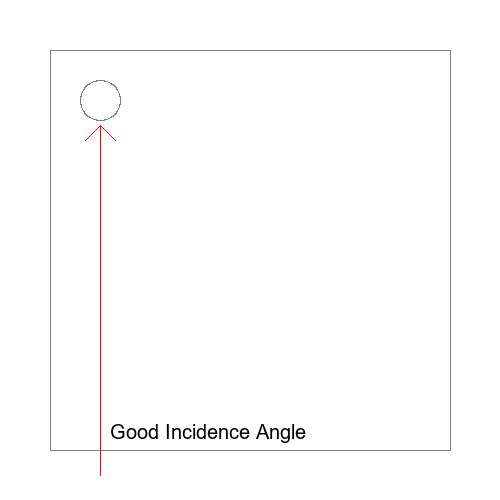The footage is finally here! Bugglebots happened back in May, and the volunteers have been working in whatever time they could find to piece the footage together into a clean presentation worthy of television.
Fortunately, the first heat featured Halo!
As of writing, the whiteboard matches are the only things left to air. I will post the relevant footage when it arrives.
Bugglebots was overall a great time
What an event! We got to see some of the best bots in the sport, and meet some of the best builders in the sport. Everyone was friendly and excited, and even as things broke and people got eliminated, the other builders maintained their professionalism and enthusiasm.
A quick aside, us in the battlebot community are blessed to have some of the most gracious people I have ever met. If you’re a fellow builder reading this, don’t take it for granted!
The various bits of downtime we had gave us the chance to look at everyone’s bot. The other builders were more than willing to show off their construction methods, and there was idea exchange going every direction.
Halo was exciting
We drew a crowd when we were just in the test box! I’m sure part of this is the novelty of the design, which will wear off eventually. But even ignoring that, people seem to really like the energy of Halo’s matches and the cool-factor of the LEDs. Not to mention that people usually expect something to explode when it’s in the arena.
We even had a spectator stop us in the audience section to tell us that Halo was her favorite bot, which was a highlight of the event for us. Halo is a lot of work to develop, and if there wasn’t such a positive response from everyone I’m not sure we would still be working on it.
Halo Had Controls Issues
As of writing, I can only talk about things from heat 1. I will update with lessons learned when more footage appears.
But in heat 1, it’s pretty clear that something wasn’t right. In match one, we couldn’t get the beacon to connect. At the time, we thought it was simply a lack of power. The arena was bigger than we had ever fought in, so it made sense at the time. But later testing back in the states finally found the culprit: the polycarbonate.
The Problem All Along
Now, the polycarbonate sounds like an obvious issue. It’s in the way! But the beacon always worked fine while we solo tested in the arena, so for a long time we assumed that the polycarbonate had little effect.
That is, until Pierce set up a test rig. Using an infrared source, a light meter, and a small sheet of polycarbonate, he was able to demonstrate that the angle that the light strikes the polycarbonate at matters a lot.
This made a lot of things click for us. During events, when we did a test run in the arena alone, we typically stood right in front of the bot because there was no one in our way. This meant the angle of incidence was shallow, and the beacon worked fine.
But during matches, there is a ton of people crowding the arena. Us the driver, with our fancy beacon, gets confined to one spot. So when the bot inevitably bounced to a close corner, our beacon hit the polycarbonate at a steep angle and glared off. We couldn’t even try to move around to see if we could reach the bot.
In Maker Faire Orlando 2018 I first blamed the control issues on reflections. Now looking back, I can see that we lose beacon control when the polycarbonate is angled to us, and we gain it back when the IR has a dead-on path. Bugglebots was no different. The pit was adjacent to the wall we stood at. So when Halo bounced on top of the pit in match 2, suddenly the incidence angle went huge and we lost contact with the beacon. We were doomed by our untested assumptions.
Keep-Away Sticks: The Surprise Menace
“Those flimsy things? They’ll get peeled off on the first hit.”
Oh boy were we wrong. Rust-In-Pieces became the first bot(s?) ever to take Halo from full speed to pinned. Now, part of this was the excellent driving and the relentless recovery of the two bots. But the keep-away sticks made it much harder to land good hits and helped sap some energy before they rammed in. Had we known, we would have run Halo upside-down. This would have given the tooth enough clearance to avoid the sticks entirely and punch straight at the wheels.

